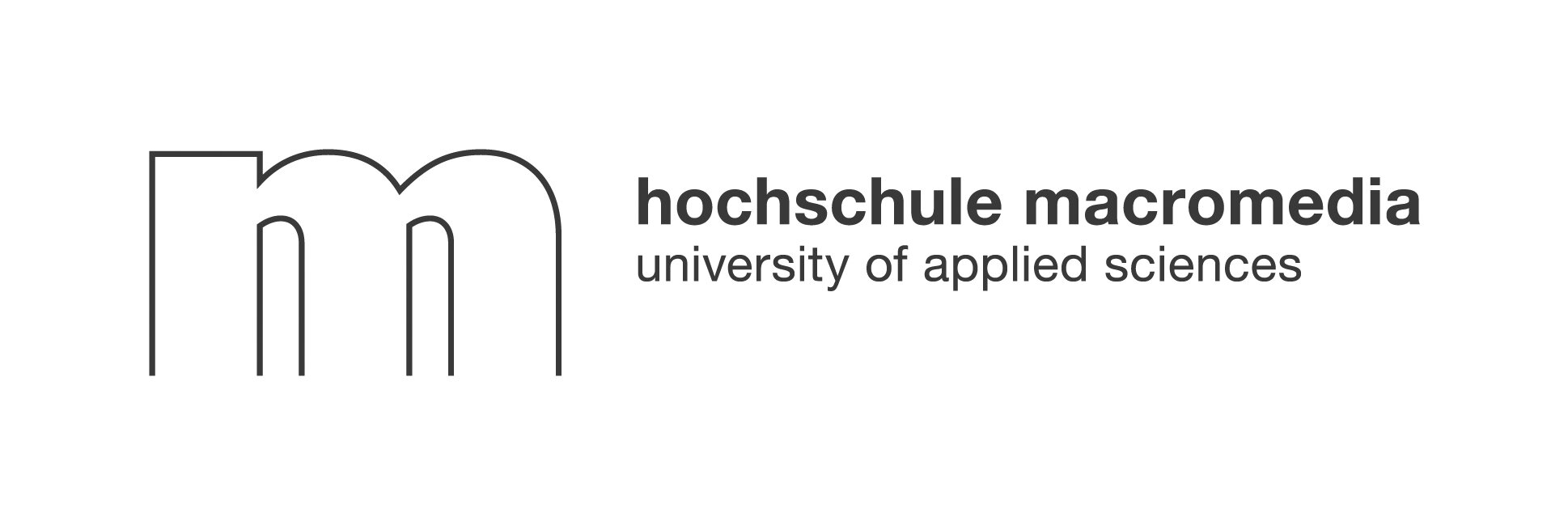In 2025, the way organizations welcome and retain new talent is rapidly evolving. While many companies still rely on traditional onboarding—think group orientations, welcome breakfasts, or a single team lunch—these one-off events rarely build the lasting engagement and connection that today’s hybrid and remote teams crave. The challenge is clear: how do you move from a box-ticking onboarding process to a living, breathing culture of ongoing employee integration?
This article will explore why ongoing employee integration matters more than ever, why classic approaches fall short, and how companies like Neroia are pioneering a future where AI-powered, micro-group events create organic, lasting bonds across the workplace. If you want your new hires to feel like true insiders, not outsiders, read on.
1. Why Ongoing Employee Integration Matters in 2025
The cost of stop-and-start onboarding
Onboarding is often treated as a sprint—a few days or weeks of introductions, paperwork, and training. But when integration stops there, the costs quickly add up. Employees left to drift after orientation feel isolated, disengaged, and are more likely to leave. According to the Brandon Hall Group, organizations with a strong onboarding process improve new hire retention by 82% and boost productivity by over 70%. Yet, only 12% of employees feel their company does onboarding well (Gallup, 2024).
When onboarding is limited to a checklist, the result is a revolving door: high turnover, lost knowledge, and wasted recruitment spend. The expense of replacing a single employee can reach up to twice their annual salary—costs that compound with each lost hire.
Retention and productivity statistics you can’t ignore
The numbers tell a clear story:
- 69% of employees are more likely to stay for three years if they experience great onboarding (SHRM).
- 25% of new hires leave within the first six months due to poor integration (SHRM).
- Companies with ongoing employee integration see higher engagement, faster ramp-up, and stronger team loyalty.
“Onboarding shouldn’t be a one-time event. It’s a continuous journey that shapes how employees feel, perform, and connect.”
— HR Industry Report, 2024
The lesson? Ongoing employee integration is not a perk—it’s a necessity for thriving, future-ready organizations.
2. From Onboarding to Belonging: Expanding the Traditional 90-Day Plan

Milestones for months 1, 3, 6 and 12
Traditional onboarding plans often focus on the first 90 days. But research and real-world experience show that true integration unfolds over a full year and beyond. Here’s how effective programs map the journey:
By breaking the process into clear phases, companies can ensure that new hires don’t just survive, but thrive.
Creating role clarity that evolves with the employee
Role clarity is not static. As employees grow, their responsibilities and relationships should evolve too. Successful integration means:
- Setting clear, achievable goals at each stage.
- Checking in regularly to adjust expectations.
- Encouraging new hires to take on stretch projects and cross-functional work.
When employees see a path forward, they’re more likely to invest in their own—and the company’s—success.
3. Building a Continuous Feedback Loop
Pulse surveys and stay interviews
Feedback shouldn’t be reserved for annual reviews. Leading organizations use:
- Pulse surveys: Short, frequent check-ins to gauge mood, challenges, and engagement.
- Stay interviews: One-on-one conversations focused on what keeps employees motivated and what might drive them away.
These tools help HR and managers spot issues early and keep new hires on track.
Turning feedback into actionable learning paths
Collecting feedback is only half the battle. The real value comes from acting on it. For example:
- If surveys reveal that new hires feel disconnected, HR can ramp up social integration efforts.
- If a stay interview uncovers skill gaps, managers can recommend targeted training or mentoring.
“Listening is important, but responding to what you hear is what builds trust and loyalty.”
— People Development Specialist, 2025
By closing the feedback loop, companies show they value employee voices and are committed to continuous improvement.
4. Leveraging Digital Tools for Seamless Integration
Choosing an LMS and HRIS that talk to each other
Today’s digital workplace relies on a web of platforms: Learning Management Systems (LMS), Human Resource Information Systems (HRIS), collaboration tools, and more. For ongoing employee integration, it’s critical that these systems are integrated:
- New hires should effortlessly discover training modules, company policies, and social opportunities in one place.
- Data from onboarding, training, and engagement tools should flow together, giving HR a holistic view of each employee’s journey.
Automating reminders, mentoring matches and micro-training
Automation is a game-changer for ongoing employee integration. Smart systems can:
- Send timely reminders for check-ins, training, or social events.
- Suggest mentor or buddy matches based on shared interests or goals.
- Recommend micro-training modules tailored to individual needs.
This reduces manual admin, ensures nothing falls through the cracks, and makes every employee feel supported—without overwhelming HR teams.
5. The Human Side: Mentorship, Buddy Systems and Team Rituals
Designing a mentor charter everyone follows
Mentorship is a proven way to accelerate integration, but it works best when expectations are clear. A mentor charter should outline:
- The purpose of the relationship (guidance, not supervision).
- Meeting frequency and format.
- Boundaries and confidentiality.
This structure helps both mentors and mentees get the most out of the experience.
Social onboarding for remote and hybrid teams
Remote and hybrid work have made it harder for new hires to build real connections. Traditional “welcome lunches” or annual company picnics don’t translate well to dispersed teams. That’s where ongoing employee integration needs a new approach.
Neroia, for instance, uses AI to curate micro-events—like yoga sessions, cycling groups, or cultural exchanges—for 3-4 employees at a time. These aren’t forced fun days or awkward icebreakers. Instead, they’re tailored, interest-based meetups that fit real schedules and foster authentic, informal connections.
“Our AI-driven platform helps employees discover shared passions, whether it’s a lunchtime yoga class or a weekend company run. This isn’t just onboarding—it’s ongoing belonging.”
— Neroia Team Member
By prioritizing small, regular interactions, companies can break down silos and help every new hire feel like part of the tribe.
6. Measuring Success: Metrics That Reveal Integration Health

Early performance indicators
To know if ongoing employee integration is working, organizations track:
- Time to productivity: How quickly are new hires contributing?
- Participation in training and social events.
- Early project outcomes and feedback from managers.
Engagement, skill uptake and cultural fit
Beyond the basics, integration health is revealed by:
- Employee engagement scores (from surveys and pulse checks).
- Uptake of new skills and willingness to take on new challenges.
- Signs of cultural fit—such as participation in company rituals, volunteering, or cross-team collaborations.
Here’s a quick reference table of key metrics:
By monitoring these signals, companies can spot trends, celebrate wins, and quickly address any red flags.
7. Future-Proofing Ongoing Employee Integration Strategies
Adapting to global teams and AI-powered workplaces
Workplaces in 2025 are more global, digital, and diverse than ever. Static, one-size-fits-all integration just can’t keep up. The future belongs to strategies that are:
- Personalized: Using AI to match employees with the right learning, mentors, and social groups.
- Scalable: Supporting hundreds or thousands of employees across locations, languages, and time zones.
- Inclusive: Ensuring every employee, whether remote or onsite, feels equally connected.
Neroia’s platform is at the forefront of this shift. By leveraging anonymized data and AI, it orchestrates micro-events that cut across departments, seniority, and geography—making continuous integration effortless and organic.
Scaling programs without losing the personal touch
As companies grow, it’s easy for integration efforts to become impersonal. The secret is to blend technology with humanity:
- Use AI to suggest and coordinate small-group activities, but let employees choose what excites them.
- Automate reminders and check-ins, but keep space for genuine, unscripted conversations.
- Regularly refresh content and event options based on employee feedback.
“Ongoing employee integration is about more than policies and procedures. It’s about helping people build real, lasting relationships—no matter where or how they work.”
— Workplace Culture Analyst, 2025
The Neroia Difference: AI-Driven Micro-Events for Real Connection
Traditional onboarding events—annual parties, big group trainings, or company-wide Zoom calls—often miss the mark for hybrid and remote teams. They can feel forced, impersonal, or simply too rare to make a difference. Neroia’s vision is to revolutionize ongoing employee integration by making connection a natural, everyday part of work.
Here’s how Neroia’s AI-powered platform brings this vision to life:
- Curated micro-events: The platform continuously analyzes employee interests, schedules, and engagement patterns to suggest small-group activities (like yoga, cycling, or cultural meetups) that are relevant and accessible.
- Effortless coordination: AI chatbots handle the logistics—matching participants, booking spaces, sending reminders—so employees can focus on connecting, not planning.
- Continuous engagement: Instead of one-off events, Neroia creates a steady flow of opportunities for employees to meet, share, and collaborate, keeping integration alive all year.
- Breaking silos: By mixing participants from different teams and levels, micro-events help new hires and veterans alike build networks that span the organization.
“Our company runs and lunchtime yoga sessions, coordinated by Neroia’s AI, have helped even our most remote employees feel like part of the family. It’s ongoing employee integration—without the awkwardness or friction.”
— OHB Pilot Participant
Neroia’s commitment is clear: replace sporadic, top-down efforts with dynamic, employee-centric interactions that nurture well-being, collaboration, and productivity.
Conclusion: The Future of Employee Integration is Ongoing, Organic, and AI-Powered
Ongoing employee integration is more than a trend—it’s the foundation of a thriving, connected workplace. In a world where teams are dispersed and change is constant, companies need solutions that go beyond onboarding checklists and annual parties.
By leveraging AI to curate micro-events and foster authentic, ongoing relationships, Neroia is redefining what integration means. Employees don’t just join a company—they become part of a living, supportive community where every connection counts.
If you’re ready to break down silos, nurture engagement, and build a culture where everyone belongs, ongoing employee integration is your path forward. With Neroia’s platform, creating a workplace where connection happens naturally is not just possible—it’s effortless.
“When integration is ongoing and organic, everyone wins: employees, teams, and the business as a whole.”
— Neroia
Ready to make ongoing employee integration a reality? Discover how Neroia’s AI-driven platform can help your organization foster authentic connections and revolutionize workplace culture today.




